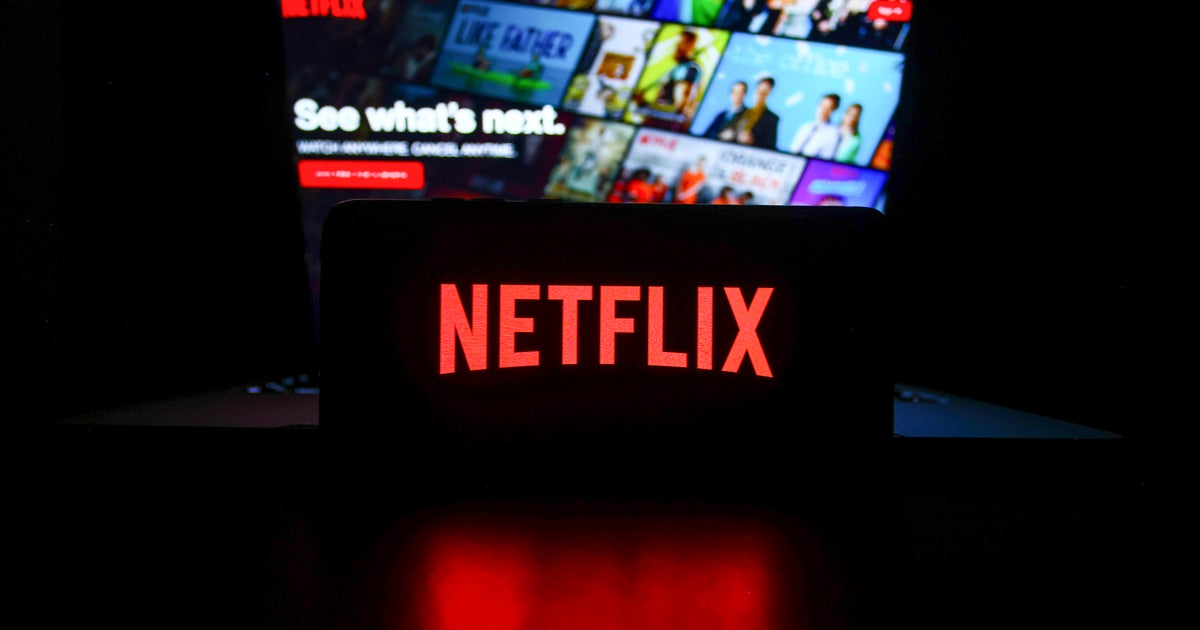Federal government gives states green light to vaccinate anyone 65 and older
Health and Human Services Secretary Alex Azar announced two major changes to the federal government's COVID-19 vaccine distribution plan on Tuesday. States are now directed to vaccinate anyone 65 or older, as well as anyone below 65 with comorbidities, and the government will now release a large supply of doses it had been withholding to ensure that vaccinated Americans got their second dose.
"We are calling on our governors to now vaccinate people aged 65 and over, and under age 65 with a (health condition) because we have got to expand the group," Azar said. And while the newly released doses can now be used as a first or second dose of the vaccine, Azar stressed that Operation Warp Speed is "100% committed to ensuring a second dose is available for every American who receives a first dose."
"Because we now have a consistent pace of production, we can now ship all of the doses that had been held in physical reserve, with second doses being supplied by doses coming off of manufacturing lines with quality control," the secretary said. "Going forward, each week, doses available will be released to first cover the second doses and then cover additional first vaccinations."
The changes are meant to help address a disparity in distribution compared to actual vaccinations.
The Trump administration pledged to vaccinate 20 million Americans by the end of 2020. Over 25 million doses have been distributed, but only about 9 million people have actually received their first dose of vaccine so far, according to the Centers for Disease Control and Prevention's COVID Data Tracker.
"Expanding eligibility to all of the vulnerable is the fastest way to protect the vulnerable," Azar said. "It's simply much easier to manage allocating vaccines and appointments to everyone 65 and over, rather than narrower more complex categories, and it enables states to use much more diverse administration channels." He added that "there was never a reason why states needed to complete vaccinating all health care providers before opening vaccinations to older Americans and other vulnerable populations. States should not be waiting to complete 1A priorities before proceeding to broader categories of eligibility."
CDC Director Dr. Robert Redfield said Tuesday there is more vaccine available than is being requested by states, allowing for more liberal guidelines of who can be vaccinated.
"The doses allocated exceeds the priority populations in group 1A, including frontline health workers and seniors living in long term care facilities. Which means that supply now exceeds demand from those groups," Azar said. He added that with manufacturing capabilities at Pfizer and Moderna now in place, officials would rather have lower-priority individuals vaccinated along with high-priority people if it means that vaccine is not wasted. "Use every channel, get the vaccine out there," he said.
President-elect Joe Biden has set a goal to vaccinate 100 million people during his first 100 days as president. Michael Osterholm, an epidemiologist and member of Biden's coronavirus advisory board, told "CBS This Morning" on Tuesday that he'd view it as an "aspirational goal."
"We know right now that every day we don't have vaccine in people's arms, people are getting sick and dying," he said. "And so, I think every effort must be made to do that, and the team is behind him in every way they can to help make it a reality."
Osterholm said the main issues slowing down vaccinations are coordination with private companies and equitable distribution among health care workers who are simultaneously battling a surge in coronavirus patients.
"Right now we have had a real challenge getting vaccine into long term care facilities because the two private pharmacy companies that had the contract with the Trump administration to do that have been very slow in getting it done," he said. "Second of all, in the health care setting it's been a challenge because many of these hospitals right now themselves are overrun with cases of COVID-19, and it's very hard to coordinate both getting vaccine into these health care workers at the same time they're working 16 hour shifts day after day."
More than 22,000 Americans died from COVID-19 last week — America's deadliest week yet, for the second week in a row.
According to Azar, the U.S. is on track to vaccinate one million people per day in 10 days time, and 95% of all long term care facilities "will have had their first visit with vaccine doses" by the end of next week. "All of this means it's time to move on to the next phase of the vaccination campaign, as we had planned to do when the data showed we could," he said. "This next phase reflects the urgency of the situation we face."
Dr. Scott Gottlieb, the former director of the Food and Drug Administration, told "Face the Nation" on Sunday that the current strategy for administering vaccines is "not working" and encouraged public health officials to take up a new approach to inoculate Americans faster.
"We really need to get this vaccine out more quickly because this is really our only tool, our only backstop against the spread of these new variants. If we can get a lot of people vaccinated quickly, we might be able to get enough protective immunity into the population that this stops spreading at the rate that it is," Gottlieb said. "So, we need to acknowledge that it's not working. We need to hit the reset and adopt a new strategy in trying to get out to patients."
Osterholm echoed Gottlieb's criticism, but said that state and local health departments, which he called the "air traffic control towers" of distribution, will be newly engaged under the Biden administration. "I think you're going to see that all changing in the days ahead, and all I can say is we have to change it," he said.
In addition to expanding the eligible vaccination group, Azar also directed states to open more vaccination locations. "Hospitals made sense as the early distribution sites when the focus was on health care workers, but they are not where most Americans go to get vaccines," he said. "States should move on to pharmacies, community health centers, and mass vaccination sites as desired or needed."
Lastly, Azar announced a fourth change in the vaccination program made under his authority that is slated to go into effect after President-elect Biden has taken office. "Effective two weeks from now," allocation of vaccine will no longer be determined by state population, per capita, but instead "based on the pace of administration as reported by states, and by the size of the 65 and older population in each state," he said. "We're giving states two weeks notice of this shift to give them the time necessary to plan and to improve their reporting if they think their data is faulty."
Asked if the incoming Biden administration supports the changes, Azar did not provide a straightforward response. "While we will certainly brief the Biden team on those changes, we operate with one government at a time," he said.



